 Plant Nature Study II
Plant Nature Study II
Plant Nature Study II
Plant Nature Study II



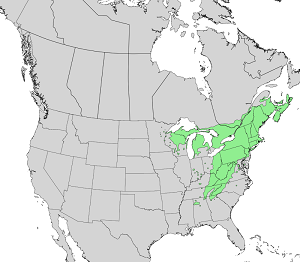
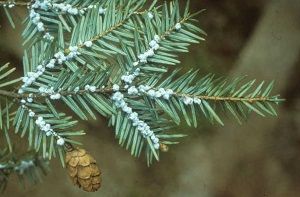
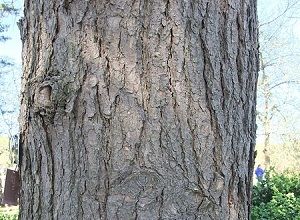
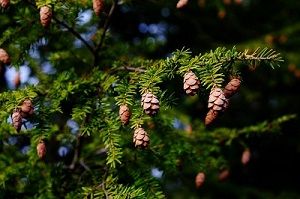
 Plant Nature Study II
Plant Nature Study II
Plant Nature Study II
Plant Nature Study II

Study the lesson for one week.
Over the week:
TANNINS
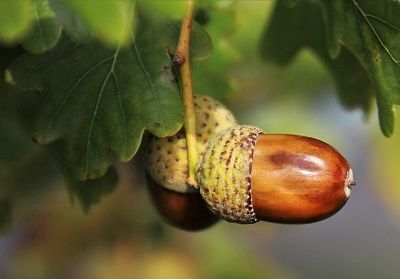
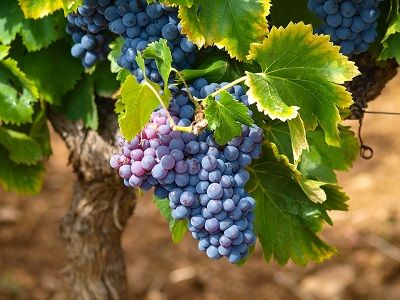


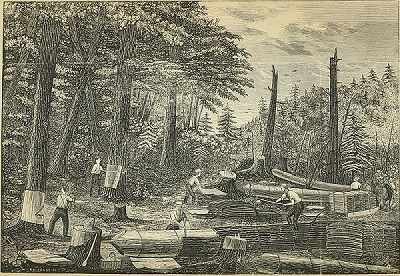
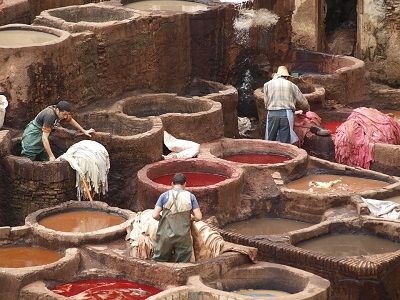
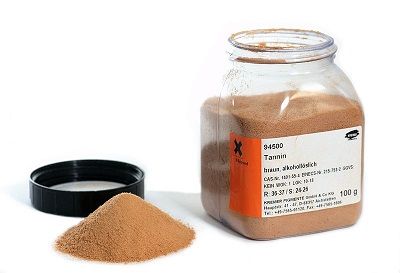
Activity 1: Narrate the Lesson
Activity 2: Study the Lesson Pictures
Activity 3: Take a Nature Walk
Activity 4: Complete a Field Book Entry

After your nature walk, complete page 40 in 'Science Field Book for Fourth Grade.'